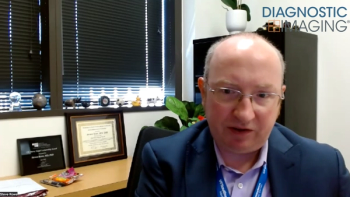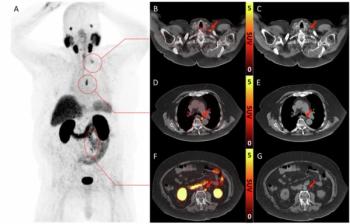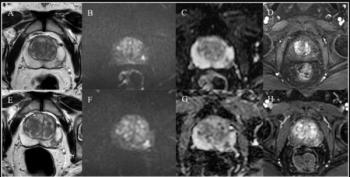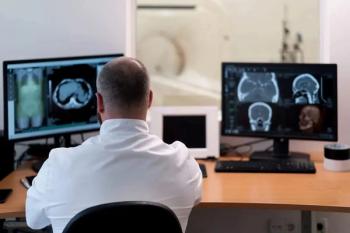
Residents give thumbs down to voice recognition
Radiology residents consider voice recognition less reliable and more time-consuming than traditional dictation, according to a recent survey performed to assess the impact of voice recognition and PACS on resident education.
Radiology residents consider voice recognition less reliable and more time-consuming than traditional dictation, according to a recent survey performed to assess the impact of voice recognition and PACS on resident education.
Concerns have surfaced that an increase in exam throughput and the use of voice recognition may have a negative impact on radiology resident education, said lead author Dr. Antonio Gutierrez, a resident at Brigham and Women's Hospital.
Gutierrez polled 134 residents (with 42 responses), the majority of whom had used PACS for at least a year to interpret 75% to 100% of cases.
A majority (80%) indicated that voice recognition takes more time than the traditional dictation and transcription process, and 51% felt that voice recognition works well less than 50% of the time. The study was reported in the March 2005 issue of the Journal of Digital Imaging.
"Some residents feel that voice recognition is a distraction to resident education," Gutierrez said.
The survey also found that residents believe PACS has positively affected their learning experience.
A majority (73%) believed PACS was superior to printed film as a teaching tool and that it had decreased the time needed to interpret diagnostic examinations (80%).
"Although the effect of PACS on healthcare has been extensively studied, the effect of PACS on radiology resident education has been minimally addressed," Gutierrez said.
The survey identified possible action items to help improve the use of PACS in resident education.
"One important step is the need for formal and ongoing PACS instruction," he said. "Dedicated instruction sessions, written manuals, and training on how to download images would be useful."
The survey also demonstrated that some residents are concerned that training in a PACS-only program will leave them without proficiency in interpreting cases on film.
"Since hospitals continue to use analog film, they feel this will limit their employment opportunities," Gutierrez said.
Newsletter
Stay at the forefront of radiology with the Diagnostic Imaging newsletter, delivering the latest news, clinical insights, and imaging advancements for today’s radiologists.






























